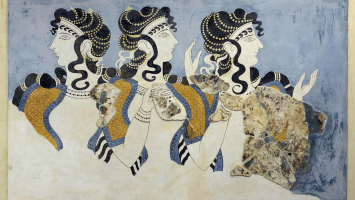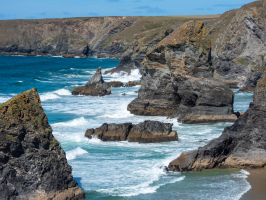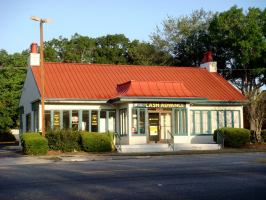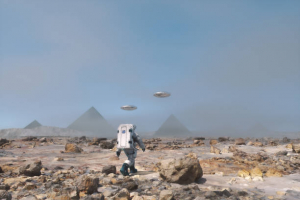Top 10 More Questions From History That Historians Can't Answer
We have previously looked at some of the enigmatic issues that historians struggle with. And now, Toplist has prepared to examine 10 More Questions From ... read more...History That Historians Can't Answer.
-
There are many enigmatic ancient civilizations about which we know very little, but few have had a greater influence on history than the Sea Peoples. The Sea Peoples were a group of seafaring countries that unexpectedly arose in the Mediterranean during the 12th century BC. They waged war on anyone who stood in their way, including the Greeks, Egyptians, and Phoenicians.
Since the Egyptians and Sea Peoples frequently clashed under the rule of Ramses II and Ramses III, they are the ones who have given us the most thorough accounts of the Sea Peoples. They gave names to several of the factions that comprised this warring confederation, such the Tjeker and the Sherden, but this hasn't enabled us to determine where they came from. The invasions of the Sea Peoples are widely recognized as one of the major causes of the demise of the Late Bronze Age, but nothing is known about their identities, goals, or ultimate fate.
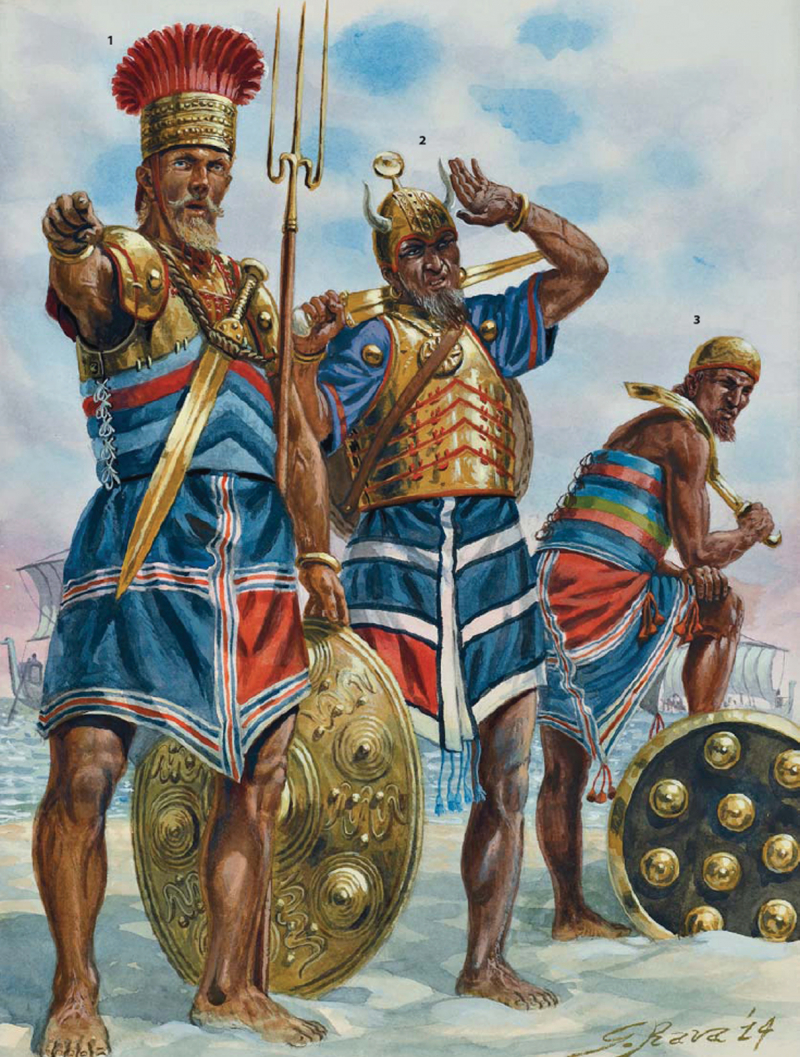
https://profesorjuliodapenalosada.blogspot.com/ 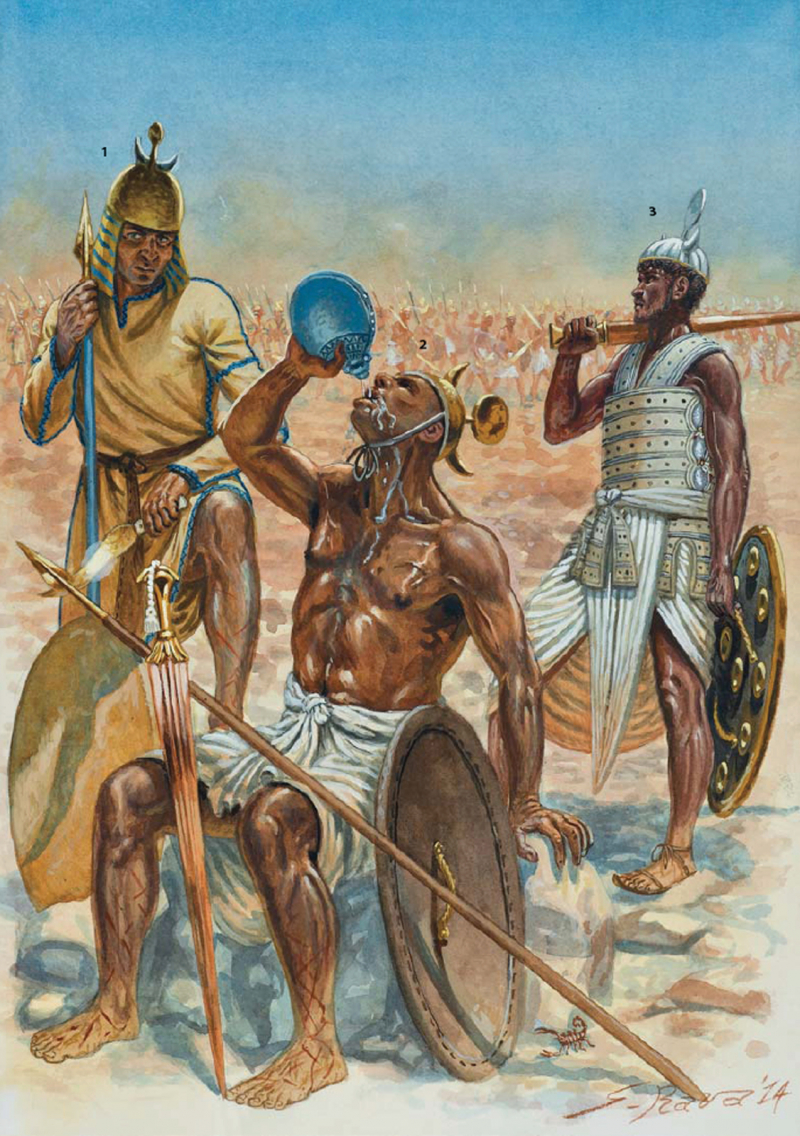
https://profesorjuliodapenalosada.blogspot.com/ -
James Durham, whose name is also written Derham, made history by becoming the first Black doctor in the United States. Durham's death is also shrouded in mystery and ambiguity, sadly, as he vanished one day and was never heard from again.
The future doctor was born a slave in Philadelphia about 1762, and during the first 20 years of his life, different doctors owned him. James was taught to read and write not only in English but also in French and Spanish by one of them, John Kearsley. Robert Dow, a Scottish doctor who resided in New Orleans, served as Durham's last tutor. He pushed Durham to pursue a career in medicine and gave him permission to treat some of his patients.
James Durham attained his freedom in 1783. He was able to start his own practice in the city, though it's unclear if he paid for it or Dow awarded it. Durham's proficiency in several languages and his willingness to accept patients of diverse racial origins were two major factors in its success for many years.
For Durham, things were going well. Even Benjamin Rush, a founding father and possibly the most well-known physician in the nation at the time, started writing to him. Durham visited his hometown of Philadelphia one more in 1801. After only a year, he vanished and was never seen or heard from again. Some believe he relocated to another location to practice medicine, while others worry that he may have been murdered by those who were jealous of his success.
https://www.clusterview.com 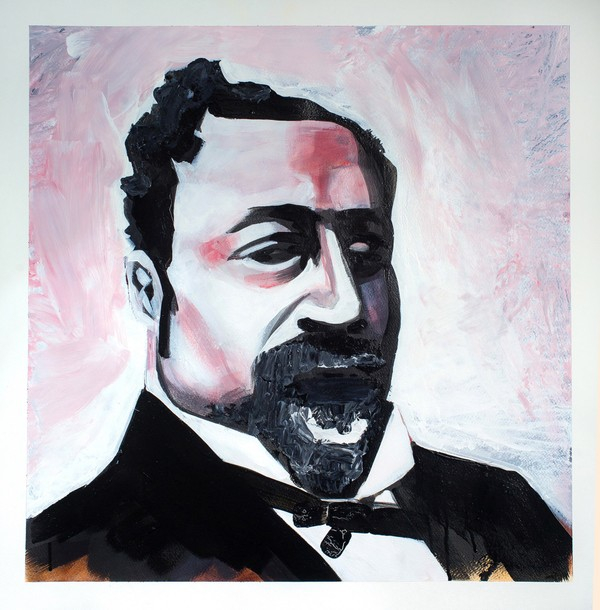
https://www.blackpast.org/ -
Out-of-place artifacts, as the name suggests, is a genre of historical puzzles that deals with objects that have been discovered in unnatural locations. The Tamil Bell is one of the most well-known examples of how this puts pressure on academics and scientists to attempt and explain how they got there.
The mysterious object was later examined, and it was discovered to be a bronze ship's bell with Tamil writing on it. Furthermore, it was written in an antiquated script that had not been in use for many years rather than the contemporary Tamil script.
The bell's Tamil ship of origin is very evident, but does this pose more problems than it answers? This occurred at least a century before the mid-17th century, when Europeans first established contact with New Zealanders. Does this imply that South Asian cultures, including the Tamils, knew about New Zealand far earlier than this? Did they communicate with one another, or did the bell just wash ashore when a Tamil ship sank?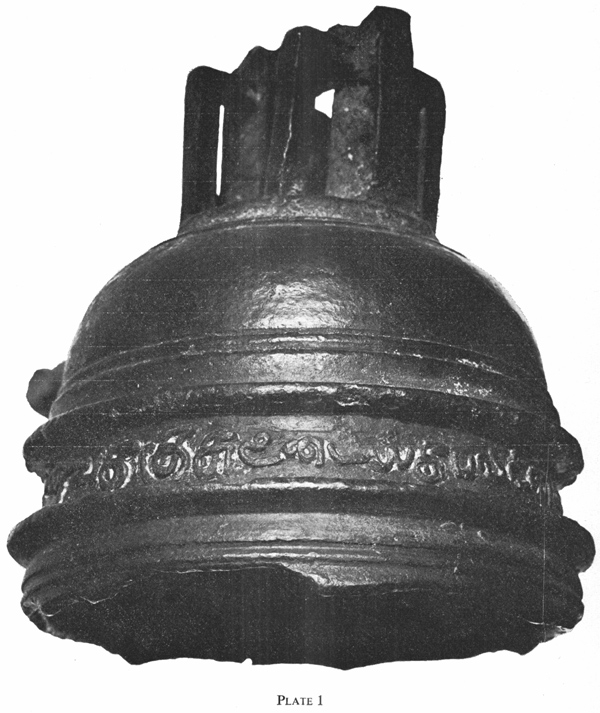
http://www.jps.auckland.ac.nz 
https://tamil.boldsky.com -
Thomas Paine was previously recognized as one of the most important figures in the American Revolution. Many people were moved to action by his powerful pamphlets, and after he finished in America, he flew to Paris and got involved in the French Revolution as well. And yet, just six people showed up for his funeral in 1809 since he was penniless, childless, and so despised by his colleagues. Additionally, it is said that some of his bones were turned into buttons while the remainder was disposed of. Although the majority of Paine's beliefs and character have been vindicated in current times, one mystery still remains: what became of his remains?
In his day, Thomas Paine was mostly shunned for two reasons. Two reasons contributed to Paine's criticism of many of his erstwhile revolutionary allies: first, his book The Age of Reason was perceived as an attack on Christianity, and second, after his arrest and confinement in France, Paine felt that they had deserted him.
Paine was laid to rest in a simple tomb on his farm when he passed away, but a decade later, a devotee called William Cobbett organized for him to be excavated and transported back to his native England. He wanted to set up a stately grave for Paine but couldn't find any takers. Cobbett eventually kept Paine's bones in his attic until he passed away, at which point it is unknown what will become of them. It's likely that some bones were sold off individually while others were discarded since Cobbett's son sold all of his belongings at auction. Many people have asserted they possessed pieces of Thomas Paine, but none of them have been proved.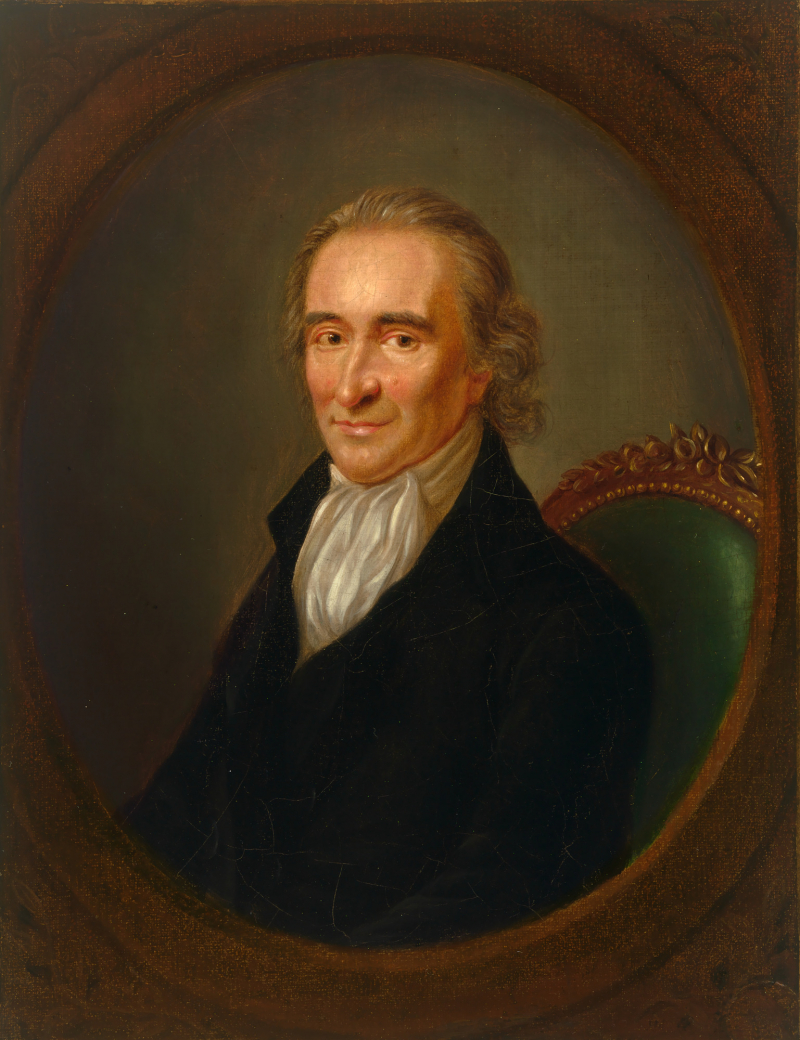
https://en.wikipedia.org/ 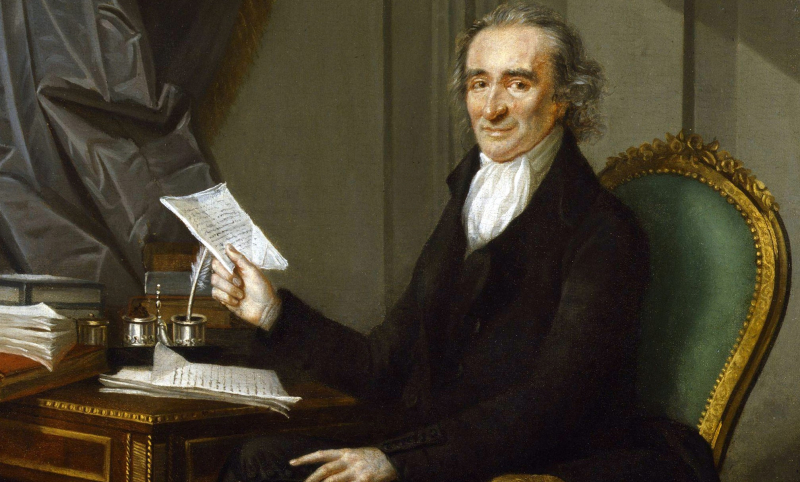
https://www.thenation.com/ -
The Joyita has to rank among the most unsettling tales regarding ghost ships. This American merchant ship departed Samoa on October 3, 1955, bound for the Tokelau Islands, with 25 persons on board. Even on October 6, there was still no word from the Joyita, even though it was due to reach there in two days. Although a search and rescue team was sent, they were unable in finding it.
Another trade ship found the Joyita hundreds of miles off track after more than a month had passed. It wasn't in danger of sinking, but it was largely submerged and heavily listing to one side. The inside had suffered significant damage in addition to the loss of the crew and the cargo. Had a Soviet submarine, a Japanese fishing boat, or pirates attacked the ship? Was there a rebellion or was everything just a big insurance scam? This mystery remains unresolved at this moment because there have never been any evidence of the 25 individuals who were aboard the Joyita.
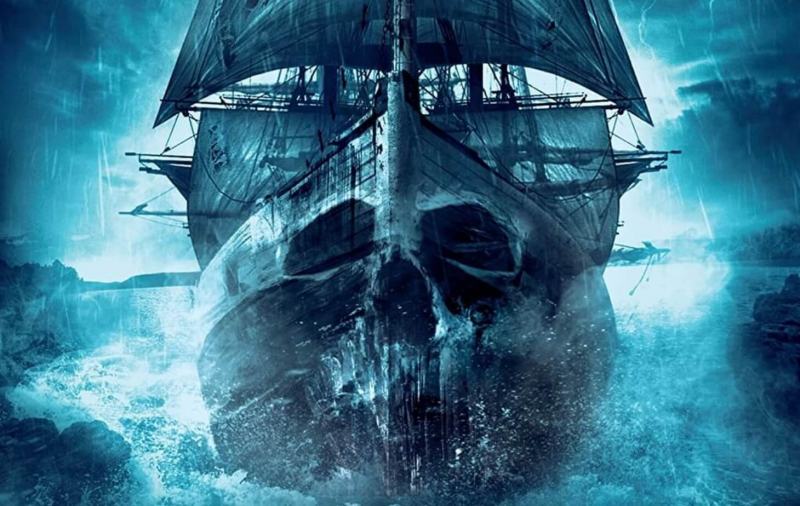
http://www.dreadcentral.com/ 
https://www.icepop.com/ -
One of the earliest Native American cultures is the Ancestral Puebloans, who first arose in the eighth century A.D. In the Four Corners region of the United States, which includes portions of Utah, Colorado, New Mexico, and Arizona, they lived and prospered for hundreds of years. Then, in the late 13th to early 14th century, they allegedly vanished for reasons that are still a mystery.
We once believed that the Ancestral Puebloans had vanished from the face of the planet, possibly due to a natural disaster or hostile tribes. Nowadays, however, academics are largely of the opinion that these ancient people did not suddenly disappear but rather migrated. However, it is still unclear what circumstance might prompt a whole civilisation to leave the land they had called home for generations.
It's still conceivable that enemy assaults or the disappearance of rich land owing to deforestation and soil erosion were to blame. According to some scientists, the cause was a "megadrought" that rendered food production in the area impossible. All of the possibilities are conceivable, but none is definite.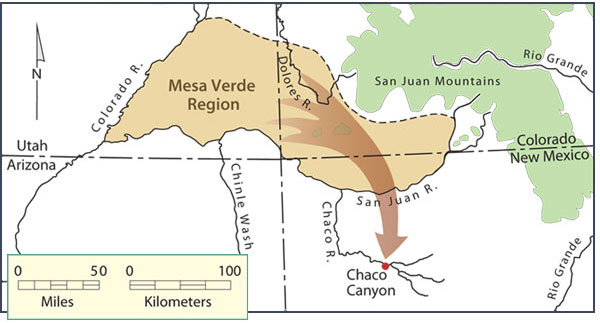
https://www.crowcanyon.org/ 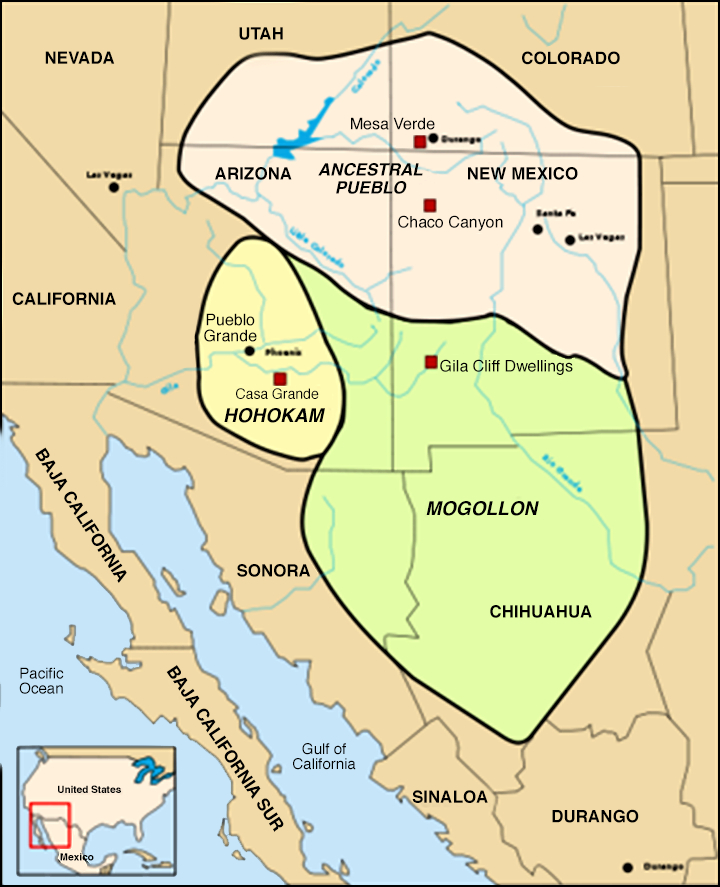
https://www.pinterest.com/ -
Fewers persons than Attila, the Hun commander, have had a more abrupt, dramatic, and violent impact on the world. These nomads first came in Europe at some point in the latter part of the 4th century AD, however their exact origins are still unknown. They quickly built up a sizable empire and emerged as the greatest challenge to the Roman Empire's hegemony. If Attila hadn't unexpectedly passed away during peacetime, while the Hunnic monarch was celebrating his most recent marriage, they might have emerged as the dominant force in Europe.
Various civilizations have different traditions for how to deal with the dead. For their leaders, some people like constructing opulent graves, mausoleums, and even pyramids. The Huns, on the other hand, held the opinion that Attila's tomb ought to be kept a secret. Three nesting coffins—one constructed of iron, one of silver, and the final one of solid gold—were used to bury the Hunnic chieftain. These were stuffed with precious stones and other expensive items that represented Attila's power and his exploitation of other peoples. The gravediggers were also executed so that no one would know the place once they were gone, but no memorial was erected at the burial site. And to this day, nobody knows where that place is.

https://www.worldhistorymaps.info/ 
http://finnect.deviantart.com/ -
A French engineer by the name of Etienne Bottineau claimed to have created a brand-new technology called nauscopie that could be used to "find ships and land at a vast distance" some 250 years ago. In modern times, the man and his peculiar claim have all but vanished from recollection and are only occasionally mentioned in passing in other people's writings. However, even in Bottineau's own time, nauscopie was never really investigated, in part because he never cared to record or explain in detail how it functioned and in part because he resided on the isolated island of Mauritius, which was then known as Isle de France.
It appears that Bottineau, who could foretell ship arrivals up to four days in advance using nauscopie, primarily exploited this skill to win bar bets. But in 1782, he informed the governor that an 11-ship fleet was making its way toward the island. He was then informed by Bottineau that the fleet had altered its route. The governor sent a cruiser to investigate because of fear that the British could be attacking. When it arrived back at port, it verified everything Bottineau had said: a fleet of ships had been sailing in the direction of Mauritius before turning around and sailing in the direction of India. The question still remains, however: was Bottineau merely fortunate, a con artist, or did nauscopie genuinely work?

https://www.ulyces.co/ 
https://www.amusingplanet.com -
There is a small hamlet called Mystery Bay on the south coast of New South Wales, Australia, and it has gorgeous, lovely beaches. So to what mystery does it specifically refer? It's the case of the Bermagui Five, a group of men who mysteriously disappeared in that region in 1880 while undertaking a geological survey.
Geologists like Young explored every inch of Australia in the hopes of discovering a fresh goldfield since there was a lot of money to be made. On October 10, 1880, Young set out to investigate a new section of the coast with his assistant and a three-person boat crew.
The empty boat had drifted into a rocky area of the bay when it was discovered later that evening by a worker bicycling along the coast. The sail was fastened. There was a lot of vomit on the ship's floor and some of their belongings, including their clothing, literature, and equipment, were still on board. However, the five guys were never discovered, and it is still unknown what became of them.
https://www.wotif.com/ 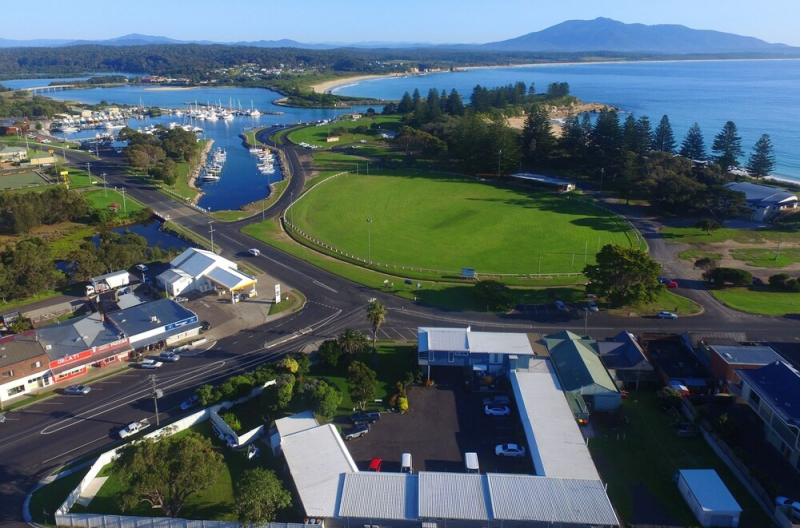
http://nsw.mx5.com.au -
The world was permanently changed on April 19, 1775. The Revolutionary War was officially declared to have begun on the day of the Battles of Lexington and Concord, the first military clashes between the British and Americans. Thanks to a poem by Ralph Waldo Emerson, the initial barrage of gunfire that signaled the start of the conflict is today known as the "shot heard round the world," but who actually fired it?
Unfortunately, there was so much confusion and commotion during the opening conflict that nobody really knows who or even which side fired the first shot. Around five in the morning that day, a force of 800 British regulars under the command of General Thomas Gage marched into Lexington with orders to capture all the firearms and gunpowder kept at Concord.
When the British forces stormed the town square, a militia company of around 70 men scattered. The fatal shot was then fired by someone, somewhere. The regulars opened fire on the colonists because they believed they were under attack, killing eight militiamen before moving on to Concord. And thus the conflict started.
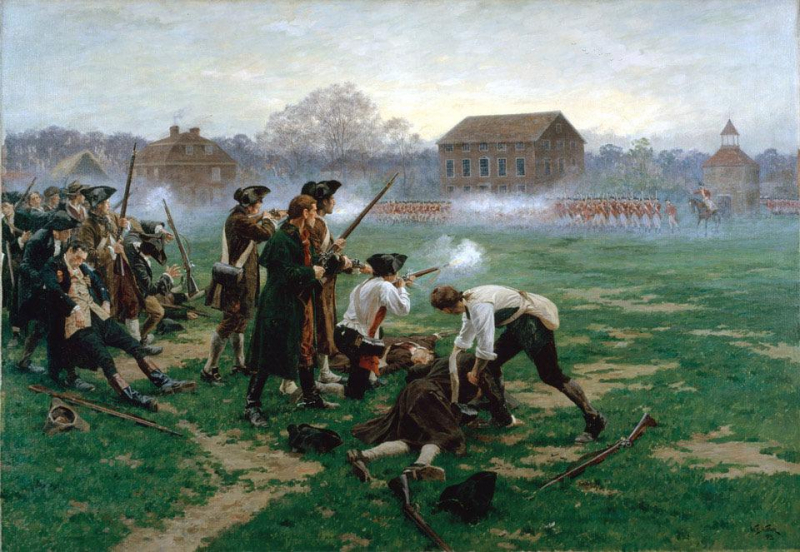
https://www.reddit.com/ 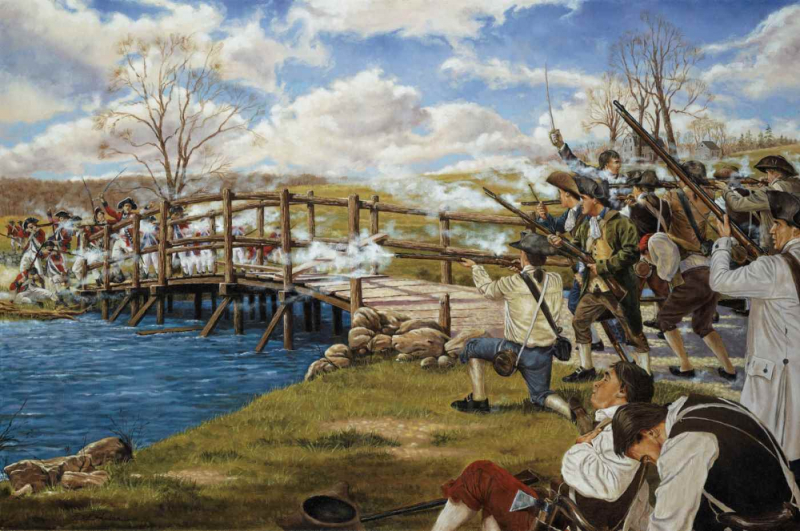
https://discoverpoetry.com/












